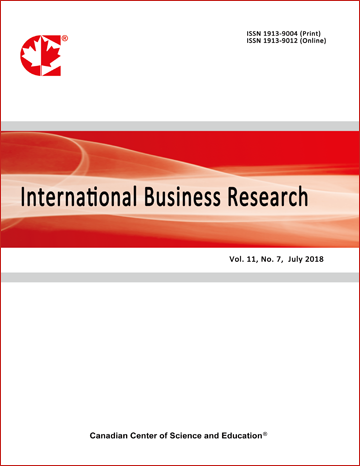The Optimum Discriminatory Tariffs under the Cournot-Nash Strategy in International Trade
- Hui Wen Cheng
- Shih-Shen Chen
Abstract
This paper investigates the optimum ad valorem tariffs under the Cournot competition. There are three situations that exceptions to most-favored-nation (MFN) principle are made within the GATT framework: free trade agreement, ‘safeguard’ actions and escape clause. Hence, the issue of discriminatory tariffs has important policy implications. Most of the literature concerning the discriminatory tariffs assumes that the objective of the government is to maximize their country’s welfare by choosing the appropriate trade policy. We expand welfare-maximizing to loss-minimization model in order to comparing two types of optimum discriminatory tariff ratios. In the loss-minimization model, we assume that the objective of the government is to minimize loss in consumers’ surplus while subject to a minimum target level of tariff revenue. The aim of this paper is to show that the optimum ad valorem tariff ratio between two exporting countries can be unambiguously derived with a linear demand curve and constant marginal costs. We conclude that the welfare-maximizing tariff ratio differs from that of the loss-minimization model or a quasi-Ramsey rule. The Ramsey-like tariff ratio does not depend on the size of the intercept of market demand since its objective function is to minimize the loss in consumers’ surplus. On the contrary, the welfare-maximizing tariff ratio is dependent on the intercept since it is used to measure the total consumers’ surplus. Only when the two foreign producers have the identical marginal cost will they coincide.- Full Text:
 PDF
PDF
- DOI:10.5539/ibr.v6n1p49
Journal Metrics
h-index (January 2024): 102
i10-index (January 2024): 947
h5-index (January 2024): N/A
h5-median(January 2024): N/A
( The data was calculated based on Google Scholar Citations. Click Here to Learn More. )
Index
- ACNP
- ANVUR (Italian National Agency for the Evaluation of Universities and Research Institutes)
- CNKI Scholar
- CrossRef
- EconBiz
- EconPapers
- Elektronische Zeitschriftenbibliothek (EZB)
- EuroPub Database
- Excellence in Research for Australia (ERA)
- Genamics JournalSeek
- Google Scholar
- Harvard Library
- IDEAS
- Infotrieve
- Mendeley
- Open policy finder
- Qualis/CAPES
- RePEc
- ResearchGate
- ROAD
- Scilit
- Technische Informationsbibliothek (TIB)
- The Keepers Registry
- UCR Library
- UoS Library
- ZBW-German National Library of Economics
- Zeitschriften Daten Bank (ZDB)
Contact
- Kevin DuranEditorial Assistant
- ibr@ccsenet.org
